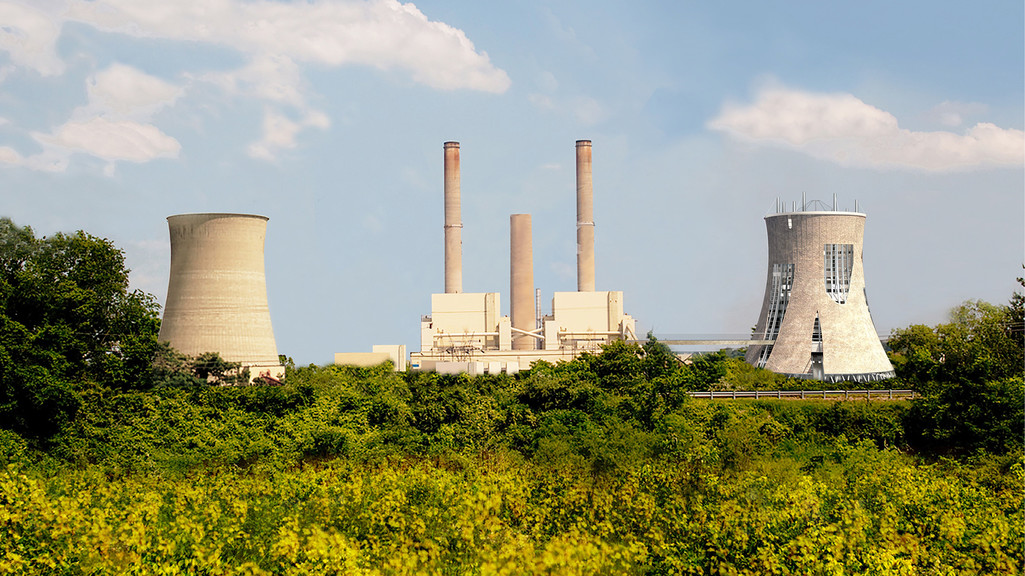
Future (Hi)stories of the City
401 Advanced Topics Studio
2021
Architecture as built form is a clumsy medium to speculate on the “present”. The slow pace of its becoming material, the inanimate nature of its gestalt, the convoluted manner of its medium, the unmeasurable immaterial qualities it radiates, makes Architecture an insufficient tool to shape and counter the daily transformations of our world. The reality is that architectural speculation is perpetually stuck between its incapacity to effectively influence and frame rapidly evolving conditions of the present and the unpredictable context of future reality. Similarly, the speculations at the scale of the city operate between now and eventual, as one must presently consider the conditions of a distant future for the city to take hold, for the evolving social conditions to unfold.
The 20th Century rush to imagine architectural utopias through modernism generated significant disciplinary output, culminating in visionary projects for number of optimistic futures. The visions of Le Corbusier in Plan Voisin for Paris, of Ludwig Hilberseimer for the Vertical City in the first half of the Century aspired to replace the old city with new through tabula rasa, as they imagined alternative urban environments for the modernizing populace. The charged political atmosphere of 1960’s and 1970’s propelled these efforts forward along with the technological advances. Future visions by Archigram, Superstudio, Metabolists and others are undeniable examples of the discipline’s canon; studied, beloved for provoking, providing examples of alternative modes of practice and representation. These once visionary futures are now past; unbuilt, unrealized. One of the short comings of the 20th century urbanism discourse with regards to new visions of the future was their inability to escape fantasy. Almost all examples of the canon which speculated on the future of the city was in a race to out-fantasy the other, relying heavily on the idealism of technological novelty, unable to engage plausibility as though the future as a concept existed outside of a tangible realm.
Times have changed; politics evolved, domesticated new technologies hyper-advanced our interactions and transactions through digital realm. The global society transformed radically, still transforming ever so rapidly. With undeniable domination of neo-liberal economic policies across the globe and the end of the welfare-state, larger ambitions of urbanism to project the future of society mostly diminished around the world. Currently though, we are going through another significant moment of cultural awakening and potential social transformation towards a more environmentally aware, just and equal society. It is a critical moment to contemplate the future projections of current pressures on potential transformations of the city. But how does one predict such futures? How does one represent such futures? How does one design for such futures?
Related Faculty |
Kutan Ayata |
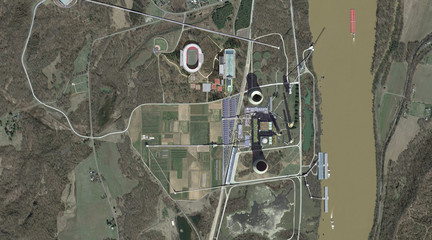
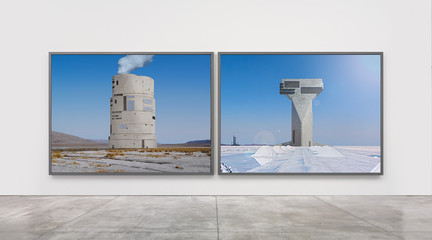
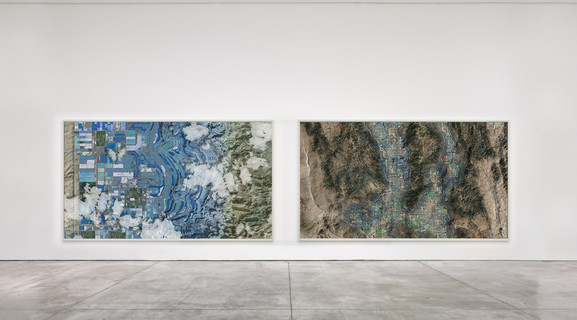
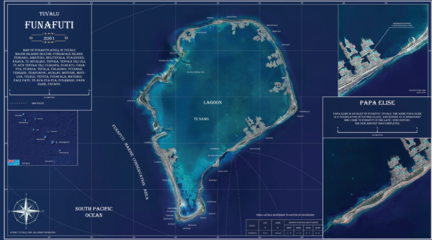
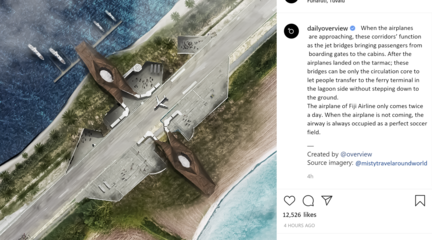
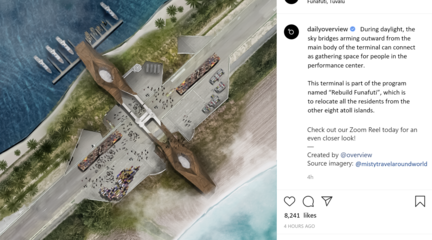
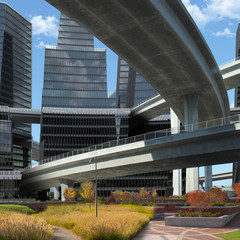
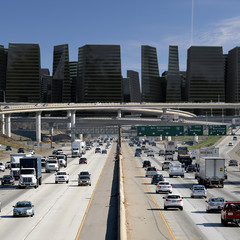
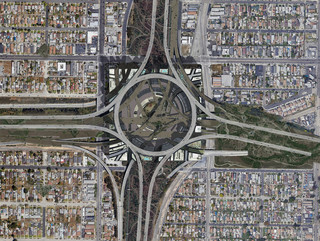
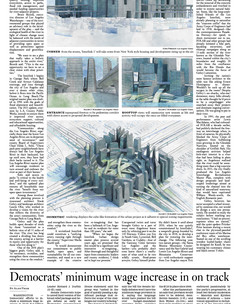
- Philip Brown, Cullen Fu, and Hannah Hortick
- Xavier Ramirez and Morgan Jacobs
- Xavier Ramirez and Morgan Jacobs
- Yufei Liang and Ziyi Yang
- Yufei Liang and Ziyi Yang
- Yufei Liang and Ziyi Yang
- Justin Carson and Gabriel Strzepek
- Justin Carson and Gabriel Strzepek
- Justin Carson and Gabriel Strzepek
- Justin Carson and Gabriel Strzepek